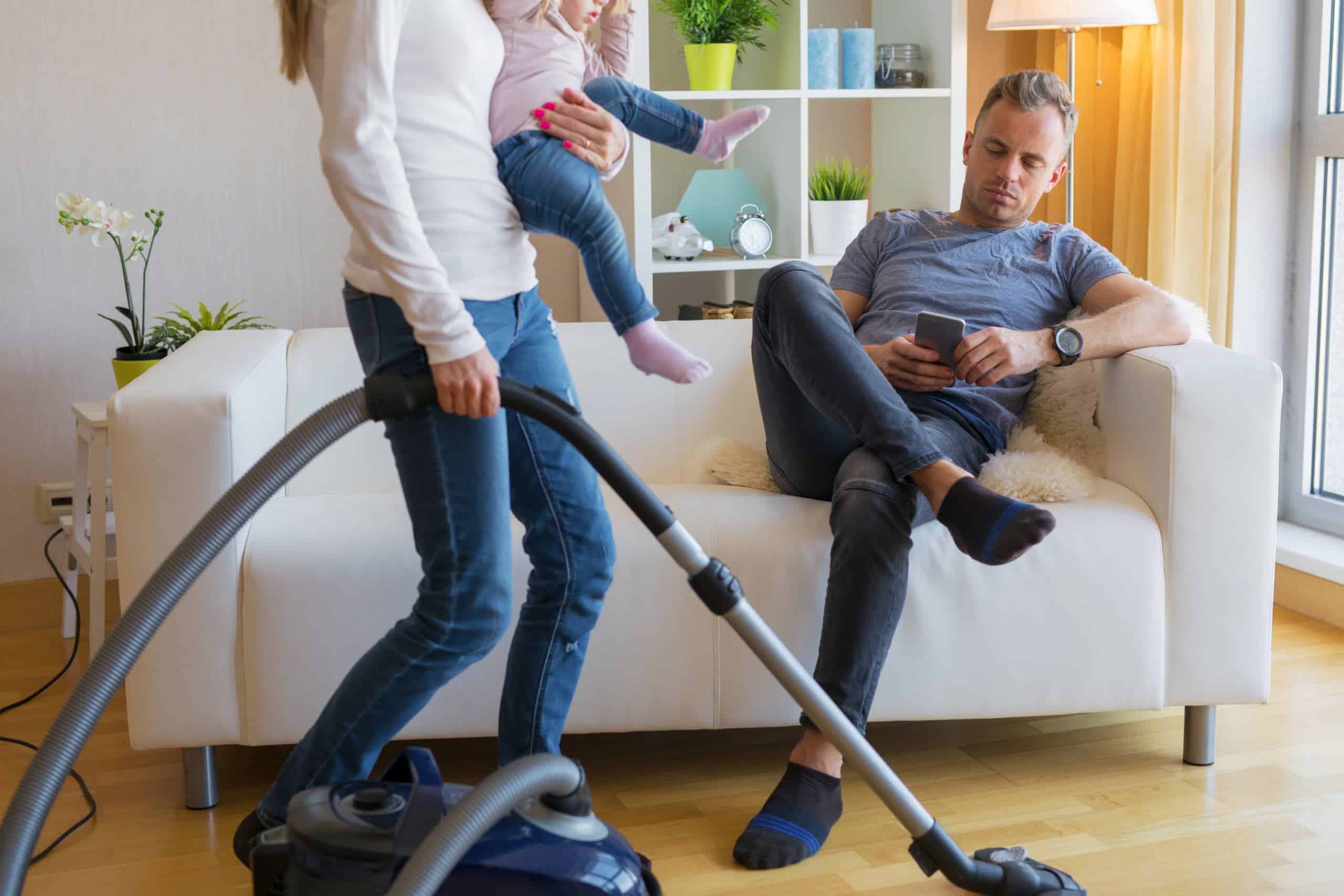Domestic violence can take many forms beyond just physical abuse. It is not restricted to those in low socio-economic status, but transcends all social classes. It is not restricted to male abusers, women abuse men and other women. Men abuse women and other men. It is not a heterosexual problem: LGBTQi+ couples also suffer from domestic violence.
Here are some of the main categories of domestic violence:
Sexual Abuse:
- Forcing a partner to engage in unwanted sexual acts, restricting access to birth control, sexual coercion, marital rape. It can involve violence, threats, or demeaning treatment related to sex. No one should be pressured or forced into sexual activity against their will.
Emotional/Psychological Abuse:
- Verbal attacks, constant criticism, humiliation, gaslighting, mind games, isolating the victim from friends/family. The abuser tries to gain power by eroding their partner’s self-worth and mental well-being over time. This insidious form of abuse can be very damaging.
Economic Abuse:
- Controlling all finances, restricting access to money, sabotaging the victim’s job or ability to work, running up debt in the victim’s name. Financial dependence makes it very difficult to leave an abusive relationship.
Digital Abuse:
- Using technology to bully, stalk, threaten, or intimidate a partner. Abusive texts, social media harassment, monitoring online activity, cyberstalking, using mobile phones or auto gps systems (esp. when cars are in the abuser’s name) to locate the victim. Abusers often use digital means to extend their control.
Reproductive Coercion:
- Pressuring a partner to get pregnant, sabotaging birth control, controlling the outcome of a pregnancy. It’s a way to trap someone in the relationship.
Restricting a partner’s movements and mobility is a common tactic of domestic abusers:
Some examples include:
- Taking away car keys or disabling the car: By preventing their partner from having access to transportation, abusers can make it very difficult for the victim to leave the house, go to work, see friends and family, or access help. The victim becomes more isolated and dependent on the abuser.
- Forbidding the victim from leaving the house: Some abusers monitor their partner’s whereabouts constantly or threaten consequences if they try to leave. This confinement can be enforced physically (restraining, locking doors) or through intimidation.
- Stalking and monitoring movements: Abusers often keep close tabs on where their partner goes and who they interact with. They may show up unexpectedly, require frequent check-ins, or use GPS to track their partner’s location. This surveillance limits the victim’s freedom and privacy.
- Withholding access to mobility aids: For partners with physical disabilities, abusers may restrict access to wheelchairs, walkers, or other necessary equipment. This cruel tactic renders the person immobile and totally dependent.
- Trapping the victim in a room or part of the house: During arguments or as punishment, some abusers will physically confine their partner to a room or area of the house for periods of time. It’s a terrifying experience of restraint and loss of bodily autonomy.
- Isolating from friends, family & support systems: By limiting the victim’s contact with loved ones who might recognize the abuse and offer help, abusers remove potential lifelines and make it harder to leave the relationship. Isolation breeds dependence on the abuser.
Restricting movement is part of a pattern of coercive control. It erodes the victim’s independence, autonomy and access to outside help. If your partner is controlling your movements, it’s a big red flag for abuse. A healthy relationship requires trust, freedom and respect for each person’s right to come and go as they please.
You have the right to live free from control, restraint and confinement by an abusive partner.
Physical Abuse:
Physical violence is often the only form of abuse considered “real abuse.” Actually, domestic violence is progressive and physical violence is often the last stop on the domestic violence train before homicide.
This includes hitting, slapping, kicking, choking, shoving, restraining, throwing objects, and using weapons. It can result in injuries, permanent physical damage, miscarriage, and even death. Any form of physical violence or intimidation is unacceptable.
Any of these behaviors alone would be abusive and unacceptable. But abusers often use multiple tactics to gain and maintain power and control over their partners. The abuse also tends to escalate over time.
If you’re experiencing domestic violence in any form, know that it’s not your fault and you don’t deserve it. Reach out for help from domestic violence organizations, counselors, and loved ones you trust. You’re not alone and there is a path to safety.
Signs It Is Time To Leave:
Those who are being abused often become desensitized to the step-wise increase in manipulative, restrictive, or abusive behavior. If you have not yet left an abuser, here are some undeniable alarming signs that it is time to leave:
- Your partner’s abuse has turned violent. It may have been directed to objects, breaking items, or slamming doors, but it has escalated in frequency or severity and is directed to humans.
- You fear for your life or your children’s safety
- Your partner has threatened to kill you or your children
- Your partner is extremely controlling, possessive or jealous
- Your children are being physically or emotionally abused
- Your physical or mental health is deteriorating from the abuse
Preparations to Leave:
Many abused spouses are ashamed to tell other people, either because they feel protective of their abuser or because they feel embarrassed that they haven’t been able to leave or stop the abuse. These are common feelings. Do not let them stop you from taking action.
Legal considerations:
- Document incidents of abuse (photos of injuries, medical records, police reports)
- Consult with a domestic violence advocate or family law attorney about custody, visitation, restraining orders, etc.
- If you leave, take important documents with you (IDs, passports, birth certificates, etc.)
- Consider filing for a restraining order to keep your partner away from you and your kids
Financial planning:
- Start secretly saving money to cover expenses when you leave
- Open a bank account in your name only
- Make copies of financial documents like tax returns, pay stubs, bank statements
- Plan how you will support yourself and your kids (job, public assistance, child support, etc.)
Emotional support:
- Talk to a counselor experienced in domestic violence
- Join a support group for survivors of abuse
- Lean on trusted family and friends – let them know what’s happening
- Reassure your children that the abuse is not their fault
Do an internet search for: “DV Safety plans.”
A safety plan tries to cover all sources for risk. It forces you to think through questions like where will you be? What will you need? And Where shall you go?
A safety plan empowers you because it compels you to assess the circumstances, threats, and deficits that you will negotiate in a DV assault.
Partners who suffer under DV household often have Complex Trauma and are at terrible risk when they take action to leave.
Additional resources:
- National Domestic Violence Hotline: 1-800-799-7233
- WomensLaw.org – state-specific legal information
- Love is Respect (for teens): 1-866-331-9474
- National Parent Helpline: 1-855-427-2736
- Childhelp National Child Abuse Hotline: 1-800-422-4453
The most dangerous time is when you’re preparing to leave. Trust your instincts. Prioritize your safety and your children’s safety above all else. With careful planning and support, you can escape an abusive marriage and build a safer, happier life. No one deserves to live in fear.
Here is what a Safety Plan looks like:
- Name: ____________________________ Date: _______
These steps are my plan for safety and to get ready for how future violence may happen. Because I do not have control over my partner’s violence, I can choose how to get my kids and myself to safety.
STEP 1: Safety during a violent incident. Victims cannot always avoid violent incidents. In order to increase safety, battered partners may use a variety of strategies.
I can use some of the following strategies:
- If I decide to leave, I will ______________________________________________________. (Decide how, and practice how to get out safely. What doors, windows, elevators, stairwells, or fire escapes will I use?)
- I will keep my purse and car keys ready, and put them (location) ___________________ _________________ in order to leave quickly.
- I can tell _____________________________ about the fights and request that he/she call the police if she/he hears loud noises coming from my house.
- I can teach my kids how to use the telephone to call police and 911.
- I will use _____________________________________________ as my code with my kids or my friends so they can call for help.
- If I have to leave my home, I will go to _________________________________________. (Decide this even if you don’t think there will be a next time.)
- I can also teach some of these plans to some or all of my kids.
- When I expect we’re going to have a fight, I’ll try to move to a safer place like __________________________________. ) I will try to not be in fights in the bathroom, garage, kitchen, near guns or knives, or in rooms that don’t have a door to the outside.)
- I will use my gut feelings. If it feels right, I can give my partner what he/she wants to calm him/her down. I have to protect myself until I/we can leave.
STEP 2: Safety when preparing to leave. I may have to leave my home to be safe. I will leave with a good plan in order to be safe. My partner may want to hit back at me if he/she thinks I want to leave her/him.
I can use some or all of these strategies:
- I will leave money and an extra set of keys with _________________________ so I can leave fast.
- I will keep copies of important papers or keys at _____________________________.
- I will open a savings account by ____________________, to save money for when I will need it. Other things I can do to take care of myself are: _______________________ ______________________________________________________________________________
- I can keep change for phone calls on me at all the time. I know that if I use my mobile phone, the next phone bill will show the numbers I called after I left. To keep my phone calls private, I might ask to use a friend’s phone for a while when I first leave or get a phone only in my name if the phone is in my abuser’s name.
- I will check with _________________________ and _________________________ to see who would be able to let me stay with them or lend me some money.
- I can leave extra clothes or money with __________________________.
- I will sit down and check my safety plan every _______________ in order to plan the best and most safe way to leave my house. ________________________ (domestic violence advocate or friend’s name) will help me check this plan.
- I will practice my escape plan with my kids.
Telephone numbers I need to know:
Police Department Local: 911
or________________________________________________________
Police Department where I work: 911 or______________________________________________________________________
Police department at my kid’s school: 911 ___________________________________________________________________
Battered Women’s Program (local) _____________________________________________________________________ _
National Domestic Violence Hotline: 1-800-799-SAFE (7223)
WomensLaw.org info on important laws I should know.
800-787-3224 (TTY) 787
County Registry of Protection Orders: _____________________________________________________________________
State registry of protection orders: _______________________________________________________________________
I WILL PRINT OUT COPIES OF THIS SAFETY PLAN TODAY AND GIVE IT TO FRIENDS/FAMILY I TRUST
I will keep this PLAN in a SAFE place and out of the reach of my abuser.
Review date: _________________________
Signed: __________________________________________________________________
Date: ____________________________


